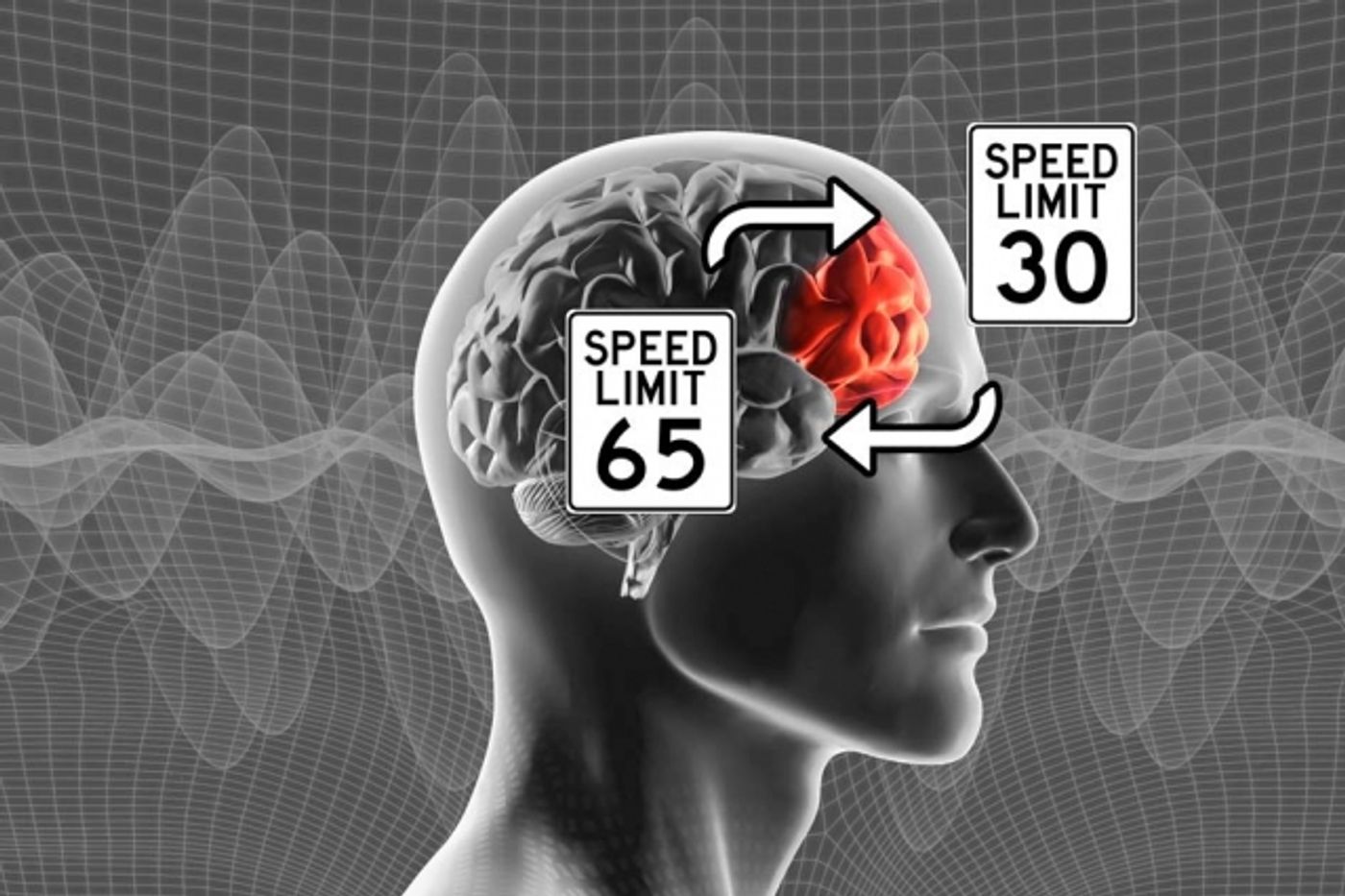Thalamus plays a role in cognitive flexibility
Cognitive flexibility is our brain’s ability to shift from thinking about one thing to another. The higher your speed of moving gears, the greater your cognitive flexibility. Lack of cognitive flexibility is often associated with mental illness. So far, the underlying central processing pathways have eluded the community.
Dr. Philip Zelazo, a developmental psychologist, and neuroscientist from the University of Minnesota explains the cognitive flexibility in the video below.
Recent findings published in Nature Neuroscience by researcher’s from Massachusetts Institute of Technology, the USA in collaboration with the University of Bonn, Germany identified the critical role played by the thalamus in switching attention between tasks. Specifically, mediodorsal thalamus (MD) suppresses the cortical representations for the previous task as our brain switches to a new task.
Previous studies have identified that the prefrontal cortex (PFC) plays a critical role in cognitive flexibility processing. Independently, the MD’s role in PFC functioning has also been established by the same lab in 2017. However, PFC-MD interaction in the context of cognitive flexibility remains to be elucidated.
“It seems like a way to toggle between irrelevant and relevant contexts, and one advantage is that it protects the currently irrelevant representations from being overwritten,” says Michael Halassa, an assistant professor of brain and cognitive sciences at MIT’s McGovern Institute for Brain Research and the senior author of the paper.
Neural representations of task rules are maintained in the prefrontal cortex, the part of the brain responsible for planning action. Image: MIT News
Mice were trained to switch their attention between two different scenarios, with one in which visual instructions (flashes of light in left or right) are provided and one in which auditory instructions (a high to low pitch tone) are provided. Both the instructions are contradictory, while one tells to go right for the reward, the other instructs to go left for the reward. At each trial, the mice were presented with either of the auditory or visual cues to reach the reward.
“The only way for the animal to solve the task is to keep the cue in mind over the entire delay until the targets are given,” Halassa says.
The trained mice were presented with the tasks when the MD was either suppressed during the cuing period or during the context-switching period. The results showed that the mice took a longer time to switch when MD was suppressed during context switching period. Simultaneous measurement of neural activity from PFC showed that previous context representation was not turned off if MD is inhibited, making it much harder for the mice to switch their attention.
In addition to helping the brain switch between contexts, this process also appears to help maintain the neural representation of the context that is not currently being used, so that it doesn’t get overwritten, Halassa says. This allows it to be activated again when needed. The mice could maintain these representations over hundreds of trials, but the next day, they had to relearn the rules associated with each context.
Sabine Kastner, a professor of psychology at the Princeton Neuroscience Institute, described the study as a major leap forward in the field of cognitive neuroscience. “This is a tour-de-force from beginning to end, starting with a sophisticated behavioral design, state-of-the-art methods including causal manipulations, exciting empirical results that point to cell-type specific differences and interactions in functionality between thalamus and cortex, and a computational approach that links the neuroscience results to the field of artificial intelligence,” says Kastner, who was not involved in the research.
The findings could help guide the development of better artificial intelligence algorithms, Halassa says. The human brain is very good at learning many different kinds of tasks — singing, walking, talking, etc. However, neural networks (a type of artificial intelligence based on interconnected nodes similar to neurons) usually are good at learning only one thing. These networks are subject to a phenomenon called “catastrophic forgetting” — when they try to learn a new task, previous tasks become overwritten.
Sources: MIT News, Nature Neuroscience









